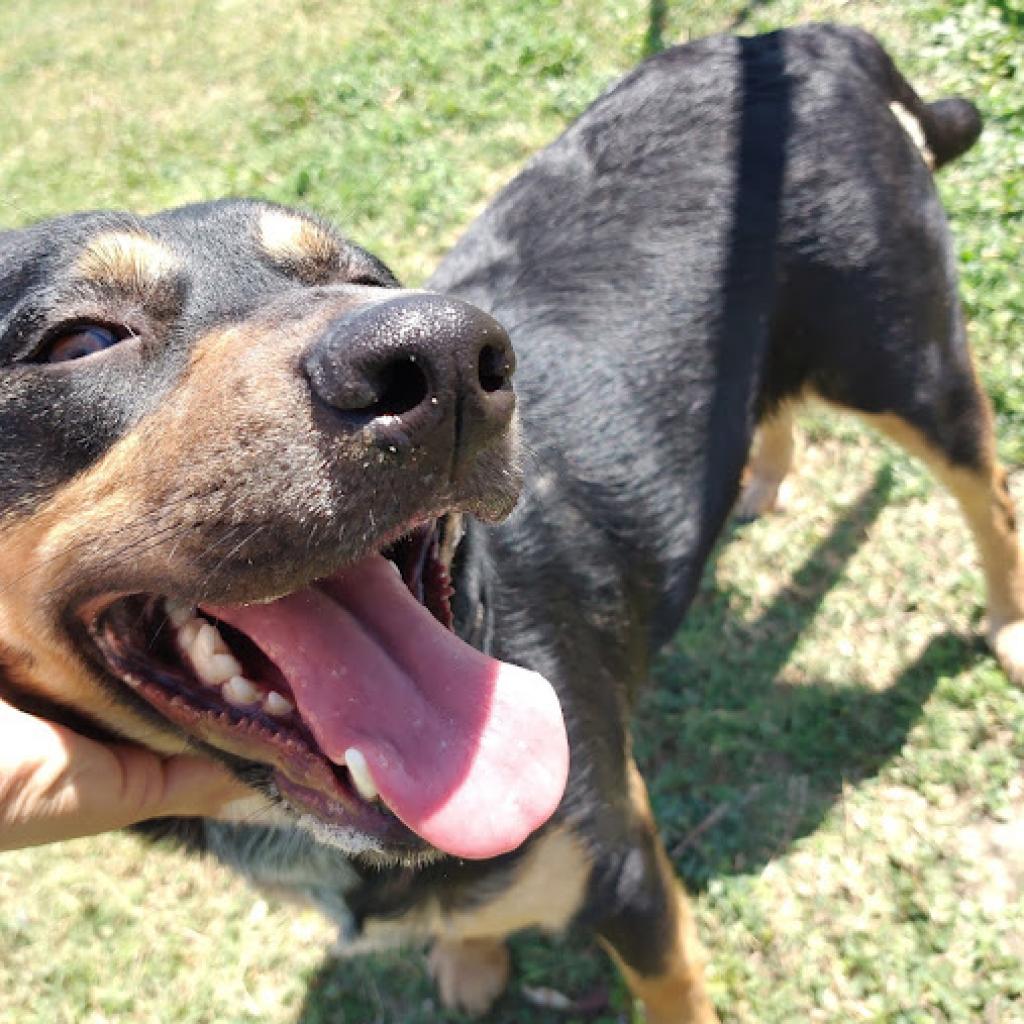Because of the diverse landscape across our state, we often forget that our beautiful home of western Colorado is actually classified as a desert, as evidenced by our hot, dry summers. If you live here, you know that this region offers incredible recreation like hiking, biking, and other outdoor excursions that just aren’t complete without the company of our canine friends! But before you hit the trail with your dog this summer, keep these tips in mind to keep your companion safe.
- Know the signs of overheating in dogs. Heat exhaustion is when your pet’s body temperature gets too hot and their body’s natural cooling mechanisms (like panting) aren’t sufficient to cool the pet’s body down to normal levels. Heat exhaustion can look like the following: excessive heavy breathing/panting; dry, bright red gums; think, excessive drool; vomiting; diarrhea; wobbly legs; and loss of attention. These symptoms are similar to what humans experience when overheating. Severe overheating, called heat stroke, can be life-threatening.
If you think your dog might be overheating while out on the trail, find a shaded area and encourage your dog to lay down. Use a damp towel and pat their armpits, neck, between their hind legs, ears, and paw pads. Intense cooling methods, like pouring ice water on the dog, are not recommended. It’s best to cool the dog down gradually. Provide the dog with water to drink. Once the dog seems to be cooled down, make your way back to your air-conditioned car and head home (or to a veterinarian, if symptoms persist.)
- Pick an appropriate destination. The best way to combat heat exhaustion is to prevent it from happening in the first place with thorough planning. In the heat of the summer, it’s best to plan your outings for the early morning or late evening when it’s cooler. Before you head out on your adventure, check the temperature at your destination, and make sure there are cool rest spots along the trail, like shade trees or creeks for your dog to dip in. Grassy and shady areas with access to water are ideal. Instead of choosing a desert hike, consider heading up in altitude to the Grand Mesa where it’s cooler during the summer months.
- Gear up with the necessary supplies. If you plan to take your dog somewhere with a hot walking surface, like pavement or asphalt, be sure to bring paw booties so your pup doesn’t burn their feet. Always carry a pet bowl of some sort with you, as well as an extra water bottle for your pet. It’s also a good idea to bring a rag so you can wipe them down with water if they do start to overheat.
- Be aware of your dog’s individual risk. Some dogs are at higher risk for overheating than others. Senior dogs have a harder time thermoregulating than younger dogs. Dogs that are overweight, have thick coats, are out of shape, or have underlying medical conditions are also more susceptible to overheating. Brachycephalic dogs, or dogs that were bred to have unnaturally short snouts like pugs or bulldogs, are at an extremely high risk for overheating due to their inability to breathe properly.
- Make sure your dog is set up properly at home, and do not leave your dog in your car! The trail isn’t the only place your dog can overheat. Make sure your dog has a shaded area in your yard, like a tree or awning, as well as access to a fresh bowl of water both inside and outside. And of course, never leave your dog in your parked car during the warmer months. Even if it feels relatively comfortable outside and you leave a window cracked, the temperature inside a car can quickly climb to dangerous levels.
As summer sets in, enjoy relaxing time outdoors with your furry friend and take precautions to beat the heat!

